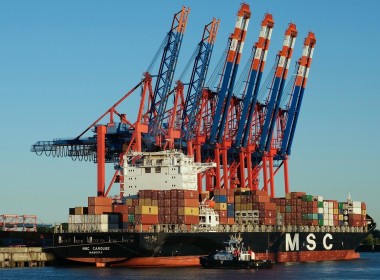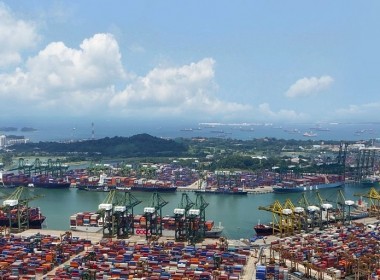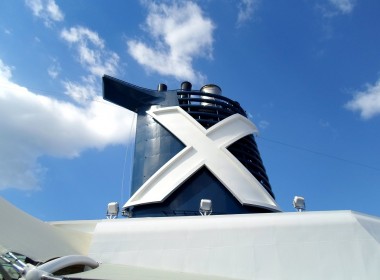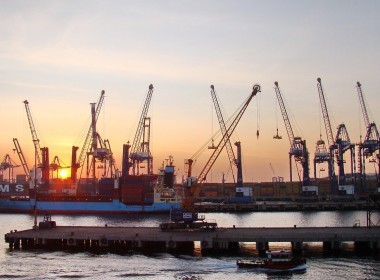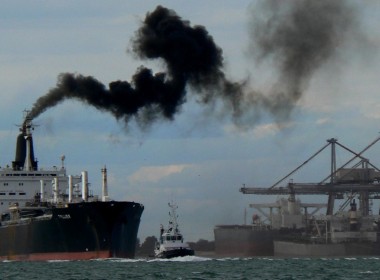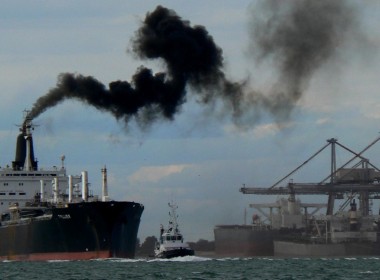COLUMN | Global sulphur cap 2020 – Don’t panic! (Part 2) [The Boroscope]
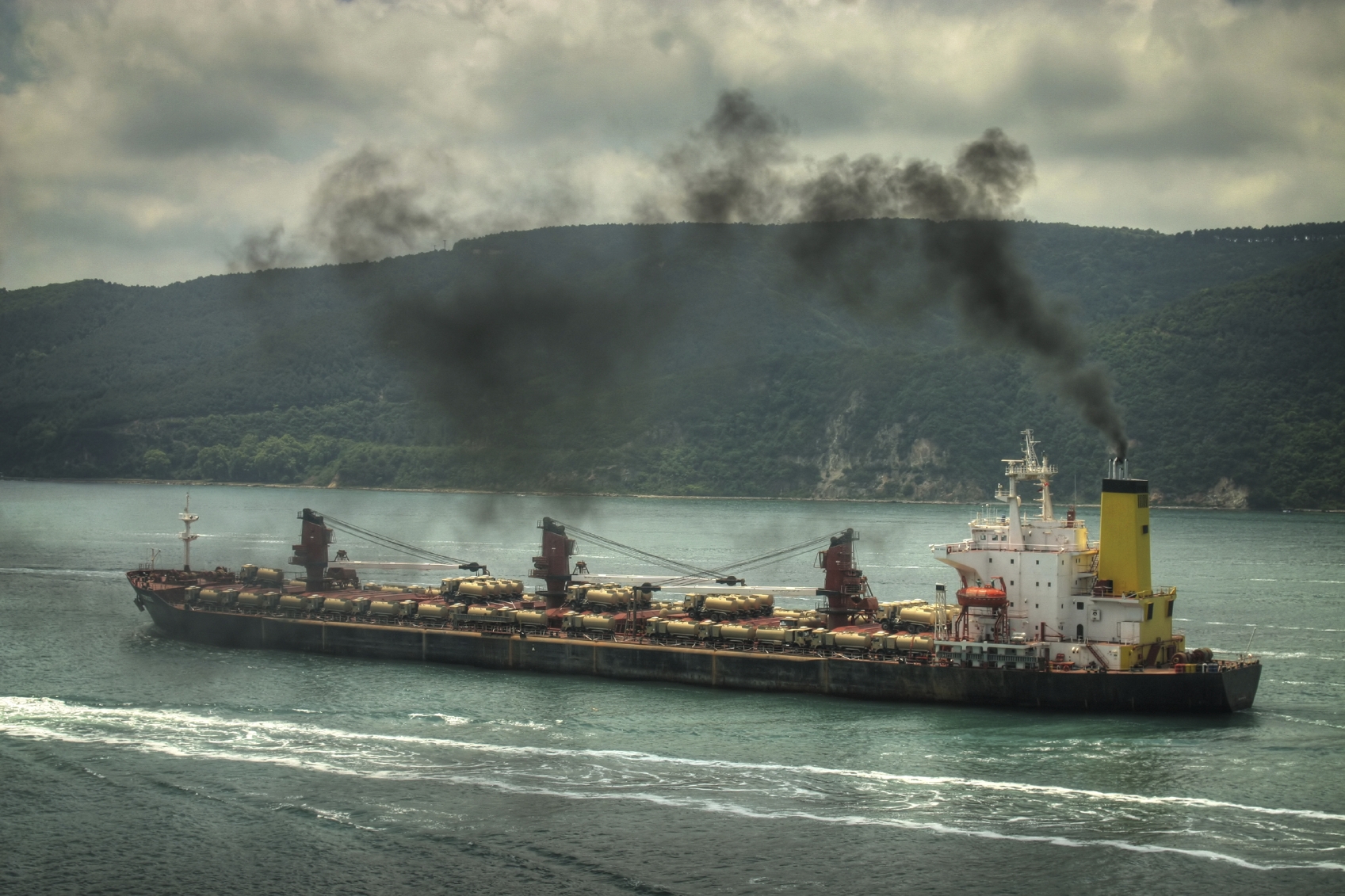
There’s no better way to sell newspapers to an unsuspecting public than to instill a bit of fear and panic into their lives. Yet the world’s press hasn’t cottoned on to the latest big event which will change our way of life forever. The 2020 Sulphur Cap will be implemented on January 1 next year and the world will feel the immediate effects of the increased costs of shipped goods.
To the general public shipping hardly exists in their consciousness but disrupt the supply lines in any way and it will immediately have their attention. What better way of grabbing the public’s attention than to increase the cost of everything (literally everything from food, fuel, services, consumables, raw materials to manufactured goods). You name it, after January 1, the cost of everything will be more and there will be a flow-on effect all down the line as the costs are passed on to the end consumer. Some of these increases will be gradual, some will be immediate as the IMO Sulphur Cap Reduction scheme kicks in.
For those of you who haven’t read Part 1 of this article, the limit of sulphur in fuel is to be reduced from 3.5 per cent to 0.5 per cent on January 1, 2020. How is this change going to affect the cost of goods? The world relies on shipping for everything we use, eat, operate and burn and if the cost of doing this goes up, we will certainly notice it. Which it will if fuel prices jump up and shipowners start to recoup the cost of their sulphur reducing equipment.
Ships are the worlds biggest consumer of liquid fuel and therefore are one of the biggest polluters of the atmosphere with pollutants like SOx, NOx, ash, heavy metals and particulate matter. The sulphur oxides in ships’ exhausts are a major cause of chronic respiratory illness in the dense populations of the northern hemisphere.
The IMO has initially targeted sulphur as the most environmentally damaging constituent of fuel oil. In 2015 Lloyds Register published a sobering paper highlighting the technical problems that ship owners will face when the 2020 sulphur reduction cap is adopted (that’s now just over six months away). This 60-page technical document is not easy to read but essentially it very thoroughly spells out what will be in store for shipowners who aren’t prepared for this monumental change.
By and large many shipowners have left their remedies to this problem far too late. For existing ships, the most expedient solution is the fit exhaust gas scrubbers. Just about all the suppliers of scrubbers have sold out all their stock, but if shipowners think that buying a scrubber will fix their problems they are in for a big shock. The operation, chemistry and monitoring requirements involved with scrubbers and their wash-water discharges are complex and manifold.
It’s been estimated that at January 1 next year there will be about 180 million tonnes of surplus heavy (residual) fuel oil worldwide that can’t have its sulphur content economically reduced. This surplus fuel will, hopefully, be consumed by the 70,000 thousand or so ships in service that are burning heavy fuel. All these ships will have (we hope) some form of exhaust gas scrubber to reduce the sulphur dioxide being discharged to the earth’s atmosphere.
But it’s wishful thinking if shipowners think that a bolt-on scrubber will solve all their problems. Scrubbers come in all types and sizes There are open and closed loop wet scrubbers and dry scrubbers (which almost certainly are no longer available and prohibitably expensive if they were) each with their complex systems of operation. They all involve monitoring of the exhaust gases, wash-water discharge quality, the pH of wash-water and other pollutants such as ash, heavy metals and so on. Some require exhaust gas reheating to achieve correct operation, while others interrupt the waste heat recovery systems leading to internal corrosion of ships exhausts.
Then there’s the NOx Tier III exhaust gas treatment systems. Some engine manufacturers are already advertising Tier III engine packages without the shipping public being fully aware of what they can and can’t do. Selective Catalytic Reduction (SCR) is added into the mix which brings with it chemicals, specialized materials for pipework and storage tanks, health and safety warnings and personal protective equipment for handling the stuff. It’s vital that all these systems are understood by shipboard staff who probably have never been exposed to this sort of technology before. Of course, the ship will be held accountable for any infringements ranging from detentions or fines ($25,000 in the US) to jail time most likely for the master or the chief engineer. Expensive disruptions if nothing else.
The prudent shipowner will naturally buy a fully redundant system in case of failure of the primary system (in my dreams). And the complexity of the monitoring, chemistry and control of these systems could certainly justify an additional specialist engineer on board just to ensure these systems work correctly (am I delusional?).
Certainly, once the world is rid of this 180 million tonnes of residual fuel and when all these old heavy oil burning ships are scrapped, then we will see a cleaner, environmentally friendly marine environment.
Other options to meet these new standards involve ships changing to LNG, distillate or blends, hybrids or biofuels. These changes will cost owners a lot of money which they will pass on down the line to their customers. Bearing in mind, the price difference between distillate and residual fuel at the moment is about US$300 per tonne. Ships burning 40 to 50 tonnes per day will have massively bigger fuel bills. Do the sums and see how much extra it will cost to get your goods shipped.
LNG storage, bunkering and monitoring involve systems that most marine engineers will have never dreamed of. Scrubbers in themselves add a layer of complexity to the main power plant of a ship. Shipowners are getting desperate. Their complaints to IMO regarding the implementation of this regulation change are falling on deaf ears. Now they’re starting to talk about slow steaming as a viable option to reduce air pollution. I don’t think this has been properly thought through. Not only will your goods cost more but they will take longer to get here.
Operating in the world’s emission controlled areas (ECAs) adds another dimension to these regulations. Areas like the Baltic and North Seas (including the English Channel), the US east, west and Caribbean coasts and China expect ships to use only 0.1 per cent sulphur fuel, effectively knocking out most of the ships that currently trade there.
The shipowners and more specifically their technical staff would do well to read the Lloyds Register paper and keep up with all the information hitting the maritime newsfeeds. They need to be fully informed about these changes and the likely costs associated with them when they’re preparing their next year’s budgets.
I’d like to think that all the shipowners are well prepared for this sea-change to their operations. That they are fully aware of how this effects their long-term forward plans for retrofits, new build order books and staff training. That everything will go smoothly and we can look forward to a seamless transition to cleaner seas and no extra costs to the customers. But then again, I might be delusional.


